How to prune remontant raspberries in the fall?
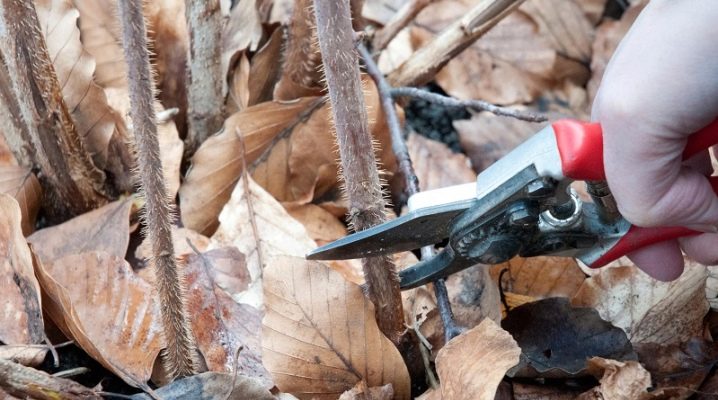
Raspberries are one of the most popular berries, appreciated for their taste, nutritional value and a whole arsenal of medicinal properties. As a rule, most varieties are harvested in the summer within a fairly limited period. However, thanks to the successful work of breeders, new varieties of plants appear that bear fruit abundantly for much longer (up to the first frost).
Naturally, we are talking about remontant raspberries, which, with proper care, can please the gardener. And here it is important to know how to properly cut the bushes in the fall, so that they will actively develop in the future.
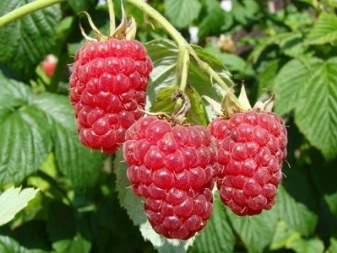
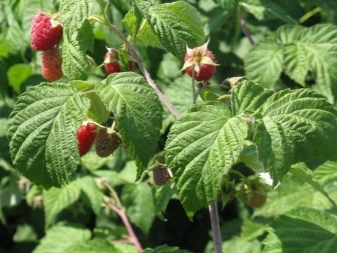
The need for a procedure
Correct and timely pruning of raspberry bushes in the autumn is one of the mandatory agricultural practices. At the same time, it is important to take into account that the implementation of the corresponding operations requires certain theoretical knowledge and practical skills. It should be noted that the measures provided for by the care rules differ from those relevant for the cultivation of conventional raspberry varieties. With the right actions and adherence to the recommended terms, taking into account the climatic characteristics of the region, a high yield of the berry is guaranteed. This is of particular importance for budding gardeners.
One of the key tasks when growing raspberries is the timely removal of excess branches. This allows you to significantly increase the yield of bushes and in parallel to solve several more important problems. First of all, it is worth noting the importance of eliminating overgrowth and old branches before wintering. And in this case, we are talking about the following factors:
- Youngsters replacing the stems that have matured are guaranteed to receive nutrients and light in the required volumes. This, in turn, will provide favorable conditions in order to get stronger and safely survive the frosty season before the onset of winter.
- Pruning is one of the most effective ways to deal with many plant-damaging pests. It is important to remember that they winter not only in the ground, dried fruits and fallen leaves, but also in dead branches. As practice shows, it is they that often become sources of fungus and mold.
- Competent control of overgrowth eliminates the risk of overgrowing the raspberry tree and its wildness. It should be recalled that young shoots growing from the root system actively develop during the warm season. Each bush is capable of producing up to two dozen of such shoots, which consume a lot of resources, which in itself has an extremely negative effect on normal fruiting.
Among other things, it is worth remembering that preparing raspberry bushes for winter involves more than just pruning. We will also talk about the whole algorithm of actions, each of which is mandatory. Particular attention should be paid to caring for plants after the described autumn procedure.


Timing
The main feature of remontant varieties is the ability to produce crops twice within one season, which, in turn, is due to the formation and subsequent ripening of fruits both on two-year-old and young (one-year) shoots. It is this moment that will determine the nuances and timing of the described agrotechnical measures. Know when is the best time to prune and what exactly you need to do.
The optimal terms for the Moscow region, the Urals, Siberia and any other region are determined taking into account the climatic characteristics of a particular area. Now, on the vastness of the world wide web, you can easily find tables in which the necessary information is collected. However, it should be remembered that the indicated dates are recommended and approximate. Determining the desired pruning dates with maximum accuracy will help, among other things, the experience of a gardener who knows the conditions of his region well. Also, the weather features of a particular season and average daily temperature fluctuations will be significant.
So, for example, in the south, one should not rush to carry out the work under consideration, while gardeners living in the northern regions, it is highly undesirable to delay until the onset of cold weather. In such conditions, the processing of plants begins as soon as the foliage of the trees turns yellow.
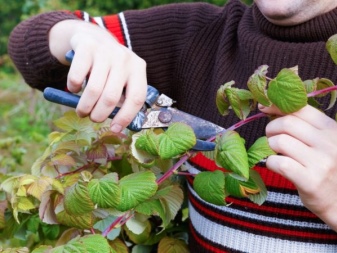
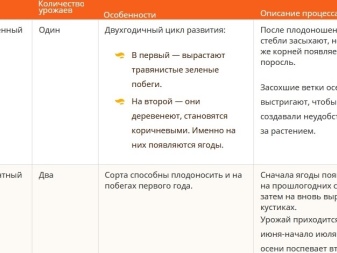
In the north
In regions with a cold northern climate, activities related to pruning raspberry bushes, must be completed in full by the first days of October. It should be borne in mind that the described varieties are often grown not only in order to get a double harvest. It has been proven by many years of practice that in the conditions of the north it is advisable to leave only annual branches when pruning with the expectation of a one-time collection of berries per season.
This approach to the formation of bushes is due to the risk of freezing of annual shoots. In addition, due to early frosts, the second crop often does not have time to ripen at all. Based on climatic characteristics, the vast majority of gardeners prefer to focus on one, but at the same time abundant fruiting. This is facilitated by complete pruning, which provides for the removal of all, without exception, shoots in the fall.
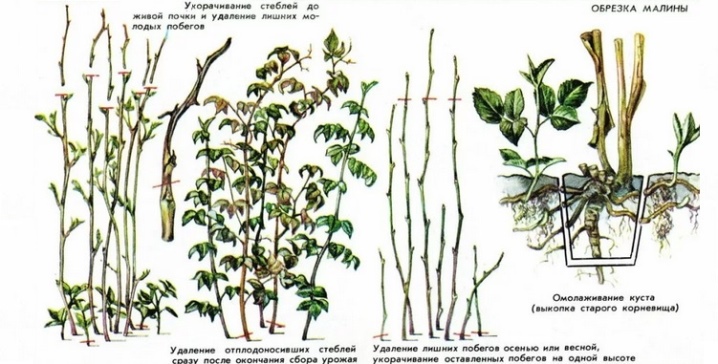
In the middle lane
It should be noted that the described agricultural techniques are often used in the regions of central Russia, which are characterized by a temperate climate. In this case, we are talking about the fact that all the proposed work falls on the period from late September to mid-October.
The timing and features of agrotechnical measures are primarily due to the desire to maximize the yield of the raspberry tree. At the same time, as a result of such care of plants, their depletion can be prevented. It is important to take into account that double fruiting per season requires an appropriate amount of nutrients.

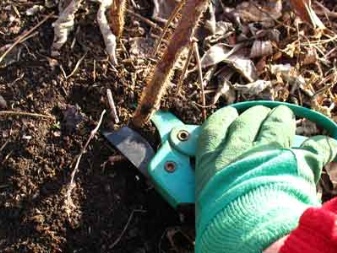
On South
It is no secret that for abundant fruiting and even more so for obtaining two harvests per season, conditions of a temperate, and even better warm climate will be most suitable. Correctly performed autumn pruning, in which shoots are selectively removed, allows you to achieve maximum results. In principle, two-year-old stems are cut completely both after the first and after the second stages of fruiting. The shoots of the first year of life are partially removed, leaving the strongest specimens for the winter.
When choosing varieties of raspberries for cultivation and reproduction in regions with a warm climate, it is necessary to focus, first of all, on the peculiarities of care. And the timing of work related to the formation of bushes is of particular importance here. In such areas, it is recommended to start pruning not earlier than the end of the second autumn month. At the same time, all events are completed by mid-November.
Another important point - this is an active germination of shoots throughout the season. Naturally, the growth negatively affects the fruiting of raspberry bushes, and, consequently, the volume and quality of the future harvest.
Taking into account this nuance, in the southern regions, as a rule, the removal of young stems is carried out without waiting for autumn.
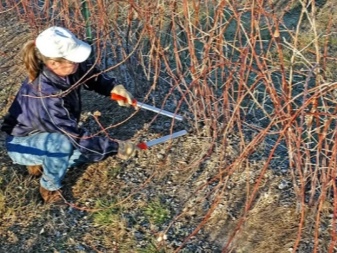

What tools are needed?
As long-term practice shows, the results of trimming excess young and unnecessary two-year-old shoots are largely determined by the quality of the equipment used.Poorly prepared and, in particular, not properly processed tools can cause irreparable damage to plants. Autumn pruning of raspberries provides for:
- correctly and well sharpened secateurs;
- a sharp garden knife to remove small shoots;
- a rake, with the help of which, after pruning, the cut stems are removed, simultaneously getting rid of the old mulch;
- gloves to protect hands from injury.
In addition to the above, it is worth paying attention to the preparation of everything necessary for feeding the planting with fertilizers. It is important that the equipment used directly for trimming is necessarily disinfected. Otherwise, the risk of plant infection through the cut sites increases many times over. Fungi and other infections not only delay the healing process, but are also capable of provoking serious diseases, which in the future negatively affect the development and, consequently, fruiting of raspberries. And in some cases, the affected bush may even die.
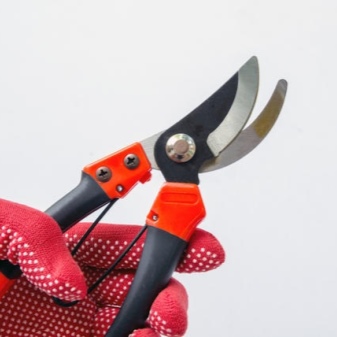
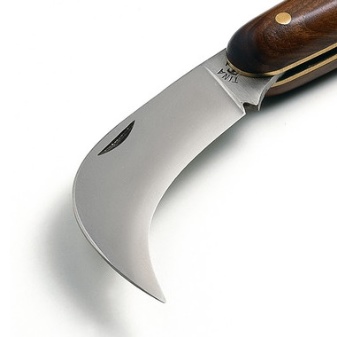
Technology
Observing the basic rules and adhering to the chosen scheme, you can form a good and developed raspberry tree. Its main advantage will be abundant fruiting and high-quality, large berries with outstanding taste. When implementing the considered agrotechnical methods, it is necessary to take into account the following most important points:
- Biennial the stems usually need to be root-cut using a sharp garden pruner.
- One-year-olds removed selectively, leaving a maximum of 7 shoots on the bush.
- Annual branches tie up, then cut off the dry top.
- Young growth, sprouting in the aisle, is cut off at the root (if possible, it is best to uproot).
Determine the height to trim to, taking into account the objectives of the entire procedure. So, if the task is to get one, but the richest harvest, then all the shoots are removed completely. It is important that in such situations, the layer of mulch under the bushes should be significantly thicker than in the rest of the area.
Separately, it is worth considering the key features of the phased formation of remontant raspberry bushes. These are situations where experienced gardeners practice pruning in multiple approaches. There are two key stages in mind.
- Removing two-year-olds immediately after harvesting the berries.
- Partial removal and pruning of some of the retained annual shoots.
However, some gardeners advise to carry out the listed activities at the same time after the full completion of fruiting. Such recommendations are based on the fact that plants experience less stress with the specified approach to their processing.
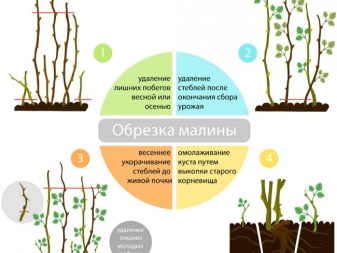
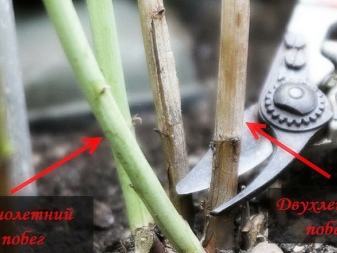
Follow-up care
Naturally, pruning shoots and forming bushes are far from the only components of caring for raspberries in the fall. So, there is a whole list of measures aimed at strengthening plant health and preparing them for the upcoming wintering. According to the standard scheme, the sequence of actions includes the following steps:
- Cleaning the area from old mulch and cut stems.
- Abundant watering of the raspberry tree.
- If necessary, the introduction of mineral dressings.
- Loosening the soil after 2-3 days with the removal of existing weeds and their rhizomes.
- Create a new layer of mulch. In this case, the starting material can be compost, manure or sawdust.
When mulching, it is strongly recommended to use organic matter. And the best options in this case would be compost or manure that had time to overheat.
Practice has proven that such fertilizers serve as a source of a sufficient amount of nutrients, and also help to retain moisture in the soil. These qualities are especially relevant for young bushes and shoots at the stage of their development and active growth of the vegetative mass.
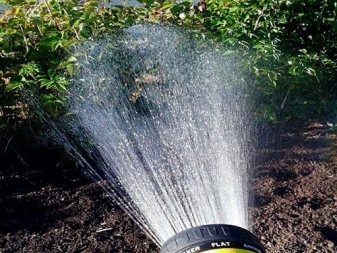
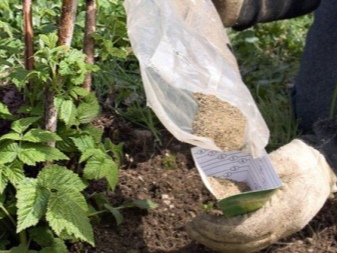
What happens if you don't trim the raspberries?
Experienced gardeners and gardeners are well aware of what ignoring the described agrotechnical techniques can lead to. It is important to highlight the following key points:
- Without pruning, the raspberry tree will quickly turn into impassable thickets and run wild.
- Insufficient and uneven illumination of plants is the cause of small fruits and a deterioration in their taste.
- The absorption of nutrients from the soil due to excess growth is accelerated many times over.
- With insufficient care, the risk of developing dangerous diseases and the appearance of pests in the overgrown raspberry tree increases.
- Caring for the bushes becomes much more difficult.
Taking into account all of the above, we can say with complete confidence that pruning is a mandatory procedure, including for remontant varieties. But it is important to take into account the characteristics of the raspberry varieties and the climate of the region.
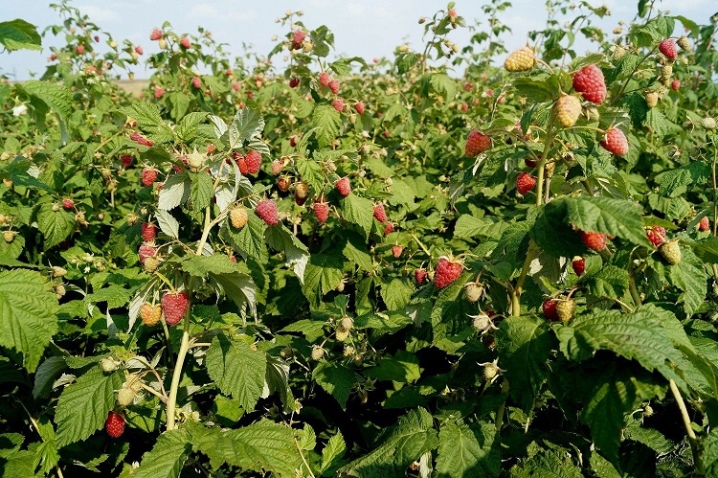











The comment was sent successfully.